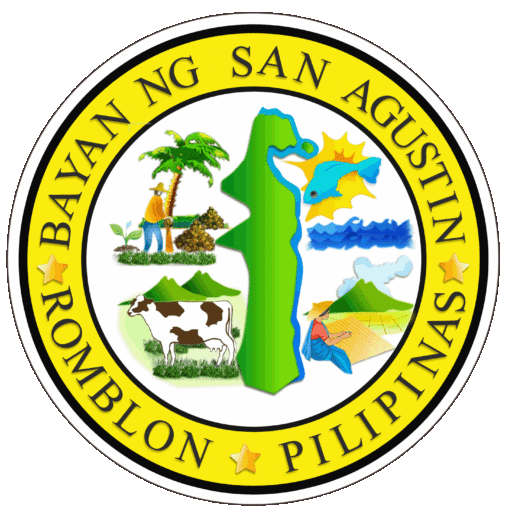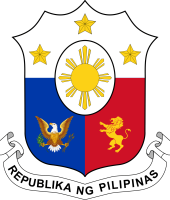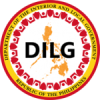Majority of the people in San Agustin consider themselves as Romblomanons. Romblomanon is one of three (3) ethnolinguistic groups inhabiting the islands of Romblon. It is mainly spoken in the town of Romblon, the three (3) towns of Sibuyan and the town of San Agustin in Tablas. The cultural character of the people of Romblon can be attributed to the migration of early settlers to San Agustin from Romblon Island in the 16th century led by the Montesas.
The male population (11,157) outnumber the female population (10,922) with a ratio of 102:100, based on the 2010 PSA census.
It is observed that although Romblon is part of Southern Luzon, the Romblomanon way of life is almost completely Visayan; thus, they have forms of art that are different from those of their Tagalog counterparts. But it can also be noted that considerable number of settlers migrated to the island from Luzon such as those from Batangas. Romblomanons are also known to be hardworking, religious and education-oriented.
Romblomanons have their own dialect, which sometimes distinguishes them when speaking other languages because of the hard accent. There are other major Visayan dialects such as Asi and Onhan. However, languages such as Tagalog and English are used in transactions.
Almost ninety percent (90%) of the population are Catholic, while the rest are independent churches including Iglesia ni Cristo, Baptists, Seventh-day Adventists, and Foursquare Gospel. The people of San Agustin celebrates the Kalipayan Festival (Biniray/Streetdancing) held during the months of April and August while the Sabwagan Festival is held every month of February and July at Barangay Carmen.
The Municipality of San Agustin comprises two (2) urban barangays and thirteen (13) rural barangays. The urban barangays do not relatively have high populations but possess gridded road networks, have distinct central places and are serviced by ports. Based on the latest census of the town in 2015, San Agustin has a population of 22,598 with 5,273 total households. The 2010 municipal population was 22,116 with 4,873 households. It grew .41% from 2010 to 2015.
Barangay Doña Juana has the highest population while Barangay Camantaya has the lowest. In the last five years (2010-2015) Barangay Cawayan was found to have highest growth rate. It grew by 3.34% while Barangay Buli experienced the most population shrinkage by -.92%.
Based on the clustering of every five (5) barangays, the northern barangays (Cawayan, Ma- Baybay, Sugod, Carmen, Cabolutan) has a collective population of 8,134 people. The middle barangays (Cagbo-aya, Poblacion, Dubduban, Doña Juana, Binonga-an) are populated by 9,330 people while the southern barangays (Lusong, Hinugusan, Buli, Camantaya, Bachawan) are home to 5,134 people. The joint growth rates of these clusters of barangays, from 2010-2015, were computed as follows: Northern: .84%, Middle: .34% and Southern: .03%. It can noted that two (2) southern barangays have experienced negative growths at this time: Buli (-.92%) and Camantaya (-.51%).
San Agustin has a gross population of 238 persons/sq.km. or approximately 2 persons (2.38)/hectare. Barangay Poblacion is the most densely populated at 83 persons/hectare with Barangay Hinugusan as the least dense at only 105 people/sq.km or 1 person/hectare with Barangay Camantaya following closely at 107. Barangay Bachawan has the largest area coverage (1,094 hec.) and Doña Juana, the highest population (2,514) while Barangay Poblacion is the most dense covering 18 hectares with 1,496 people. The latter’s population density far exceeds the minimum of 500 persons/sq.km to be considered urban. The varying definitions of urban areas in the Philippine setting can be applied to some areas in the barangays of Ma-baybay, Carmen, Dubduban, Doña Juana, Lusong and Bachawan. These areas can be explored as agro-tourism centers or nodes of mixed-use activities servicing a cluster of barangays.
Table 1. Five-Barangay Clusters of San Agustin, Romblon: Population Densities, 2015

The dependency ratio of San Agustin was computed at 81, which implies that for every 100 of the working population in San Agustin, there are 81 dependents that need to be assisted and supported (69 young people and 12 seniors).









